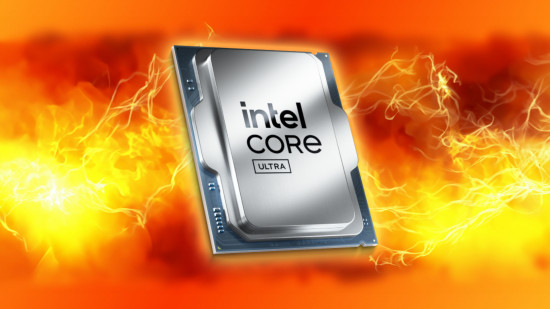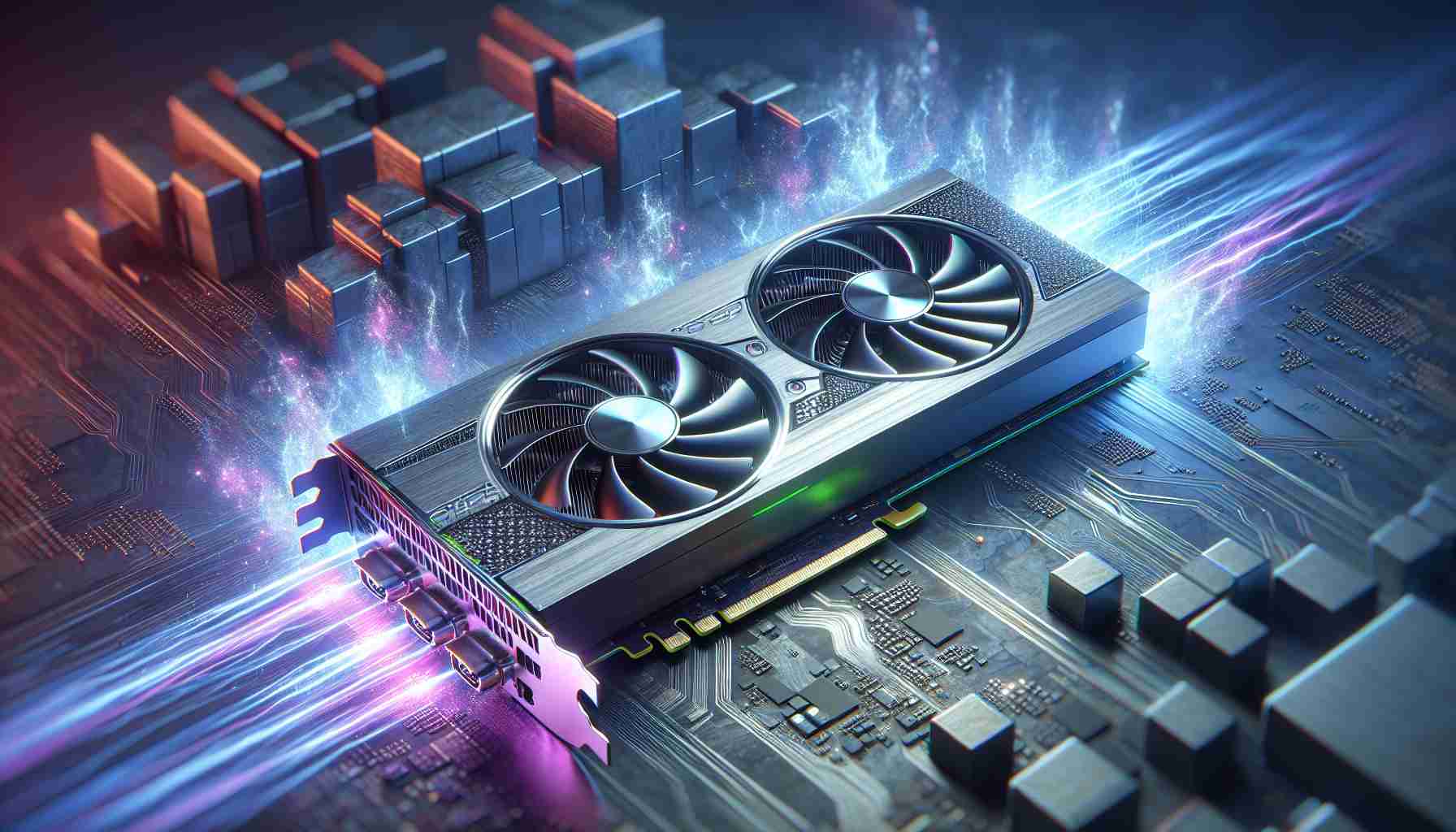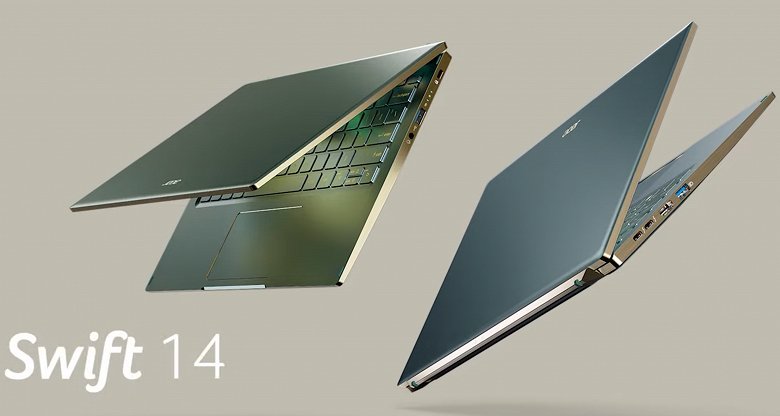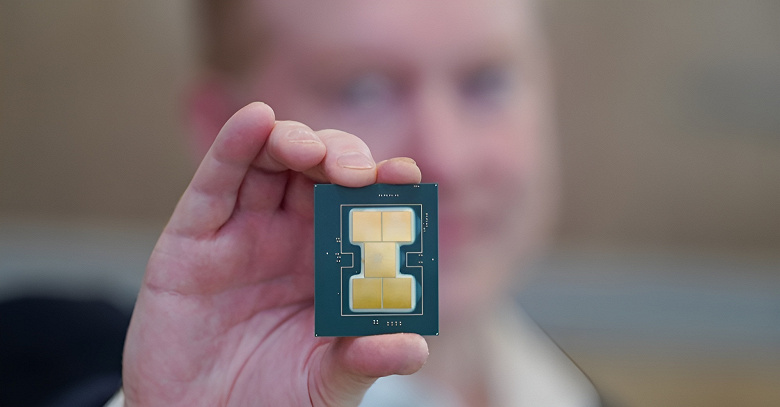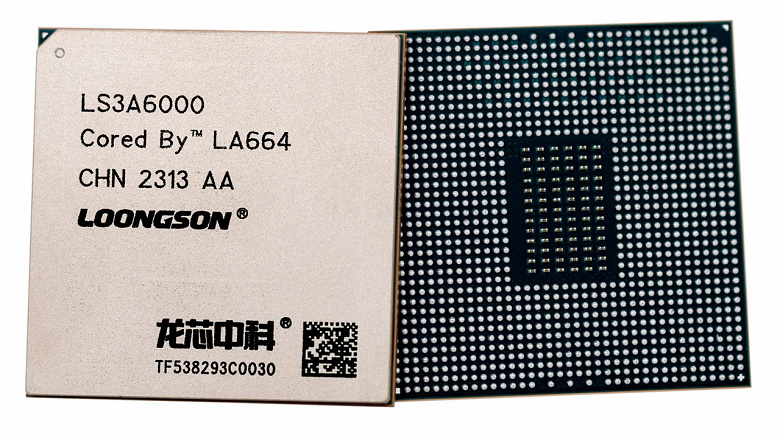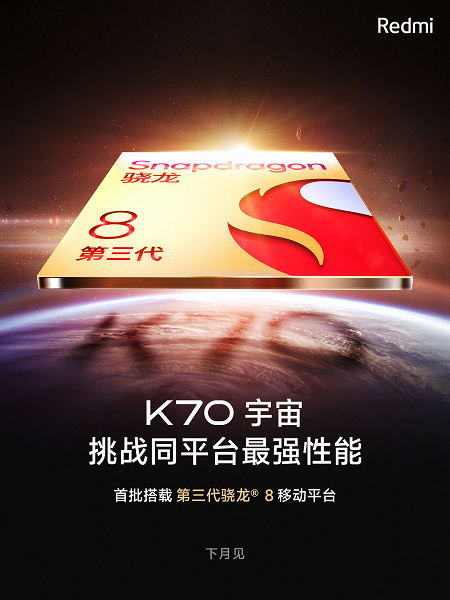Intel unveils Tiger Lake processors for thin and light laptops
Intel has formally introduced the 11th generation of consumer processors for mobile computers, formerly known as Tiger Lake. These combined processors compute kernel microarchitecture Willow Cove kernel and a graphical X e, thus being a fundamentally new solution for thin and light notebooks.

Intel spoke in detail about the design of Tiger Lake processors as part of its Architecture Day 2020 event. Their key components are computing cores with the Willow Cove microarchitecture, as well as the new graphics architecture X e.
Recall that Willow Cove computing cores are a further development of the Sunny Cove cores from Ice Lake processors and are distinguished by a redesigned cache memory subsystem (L2 cache increased to 1.25 MB per core, L3 cache – up to 12 MB, caches are non-inclusive). Schedule the X an e new generation offers up to 96 actuators (one and a half times more than before), it has its own cache memory capacity of 16 MB and much-improved energy efficiency.
For the production of Tiger Lake, a new and improved 10nm SuperFin process technology is used, which has given Intel the opportunity to raise the bar for the maximum frequency of mobile U-series processors (with maximum heat dissipation of 28W) to 4.8 GHz. Along the way, this was reflected in the graphics core, the frequencies of which increased to 1.35 GHz.
Talking about the real performance of representatives of the Tiger Lake family, Intel notes a 20 percent speed advantage over competing offerings (in the form of the Ryzen 7 4800U) in office suites and multiple advantages when editing photos and videos.
However, it should be borne in mind that the advantage of Tiger Lake in multimedia content processing tasks is due to the support of AI functions in them, which is implemented both by AVX-512 instructions and a separate GNA (Gaussian and Neural Accelerator 2.0) block and by DP4a extensions at the graphics core level, which received innate compatibility with the INT8 data format. All these tools are gradually finding support in specialized software. The most impressive leap for Tiger Lake processors is in integrated graphics performance. Intel claims that modern mobile systems based on these processors will be able to play popular AAA games at 1080p, and overall the gaming performance of the X e graphics core is more than double that of those solutions Intel has offered so far.
Moreover, the performance of the GPU X e is even higher than that of the graphic Vega core used in most modern mobile AMD Ryzen 7 processors (Renoir).
Other advantages of platforms built around Tiger Lake processors include support for Thunderbolt 4 ports, wireless Wi-Fi 6, PCI Express 4 bus for plug-in drives, hardware video decoding in AV1 format, hardware support for Dolby Vision, and so on.
The lineup of Tiger Lake processors includes solutions for thin and light laptops with representatives with a thermal package of 12-28 W (previously – U-class, now – UP3) and representatives with a thermal package of 7-15 W (previously – Y-class, now UP4).
All processors presented at the moment have at their disposal no more than four processing cores, but subsequently, Intel plans to expand the Tiger Lake series. Octa-core models targeting performance and gaming laptops are slated for release next year.
However, even the available quad-core processors will be actively used by leading laptop manufacturers. It is reported that by the end of the year, the number of various designs based on Tiger Lake will reach one and a half hundred, and among Intel partners in promoting the new family of chips is named manufacturers such as Acer, Asus, Dell, Dynabook, HP, Lenovo, LG, MSI, Razer, Samsung other.
